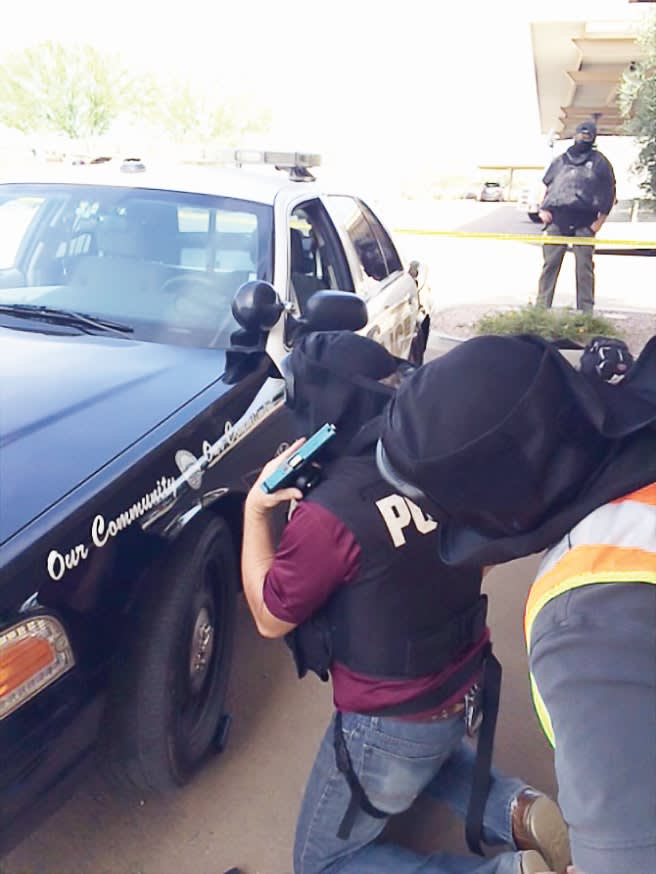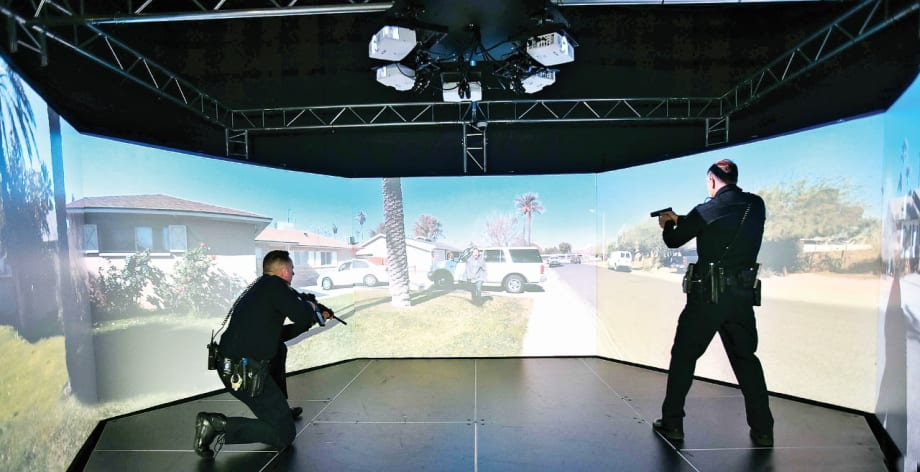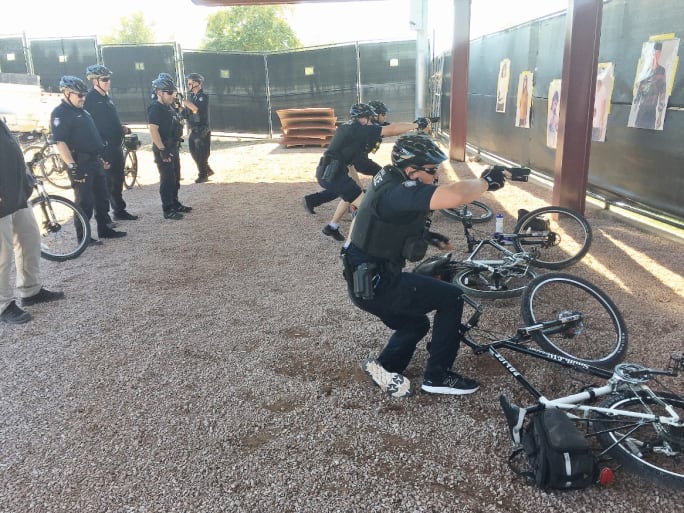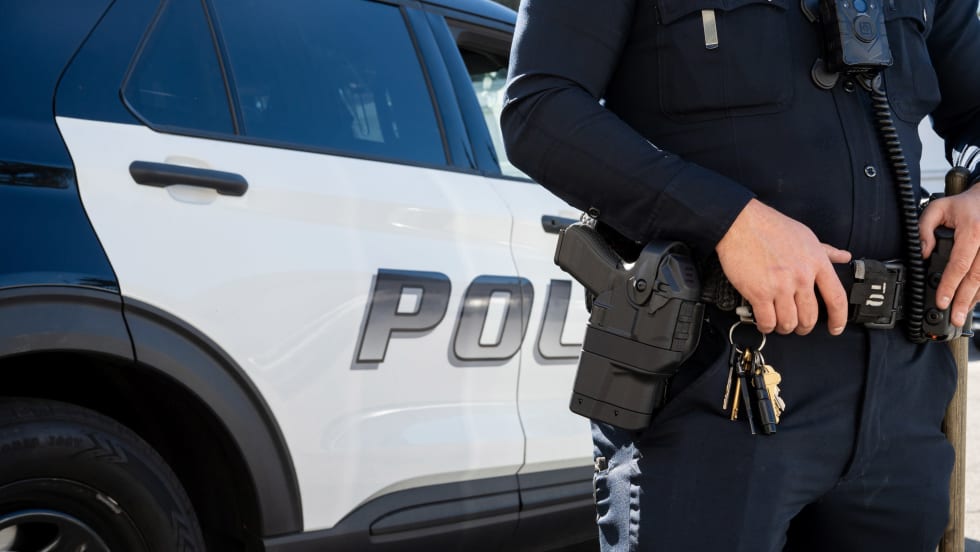
"Crack shots" may struggle with the most basic of firearms proficiency under stress from an RBT/SET event. Photo: Lon Bartel
Training time and resources are scarce commodities for law enforcement agencies. So it is critically important to get the most benefit out of the training time and resources you have. I believe reality-based training/simulated event training (RBT/SET) can be used to create highly effective, flexible, and safe training.
Before we continue, let's define these terms. Reality-Based Training (RBT) is "any manner of training that utilizes tools, techniques, or methodologies to approximate in a training setting any situation that might occur in an operational setting," according to the Reality Based Training Association ( www.RBTA.net ). Simulated Event Training (SET) is training that uses the concepts of modeling (the representation of an object or phenomenon) and simulation to accomplish specific performance objectives in teaching/training skills, improving knowledge, or honing abilities. This is typically associated with digital video simulators such as law enforcement use-of-force simulators.












